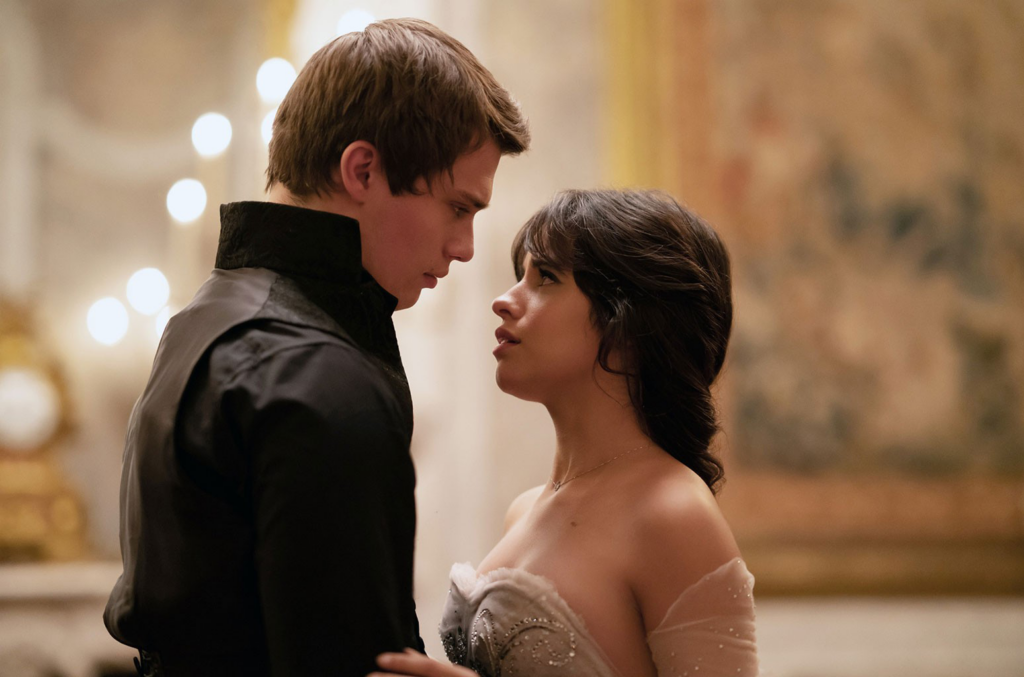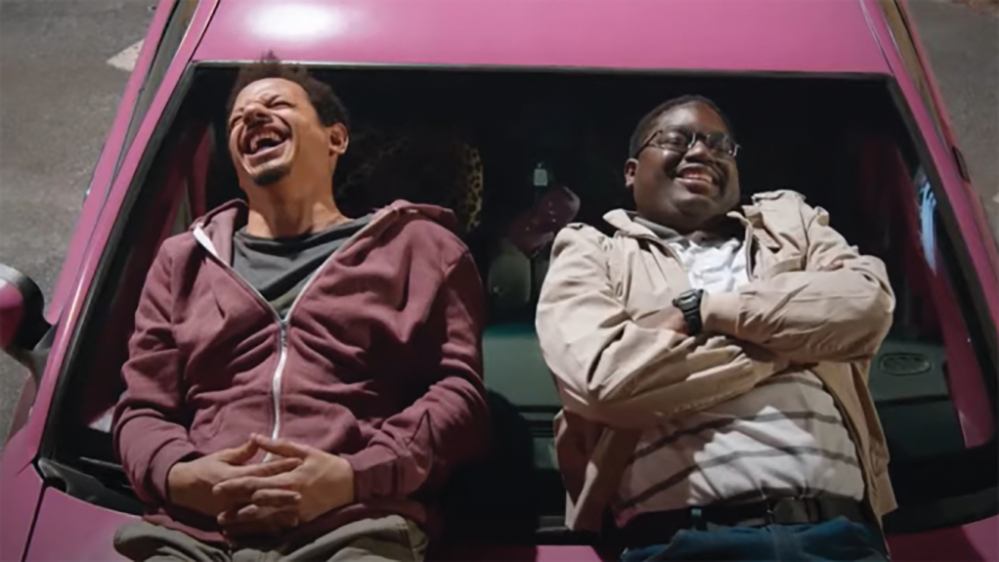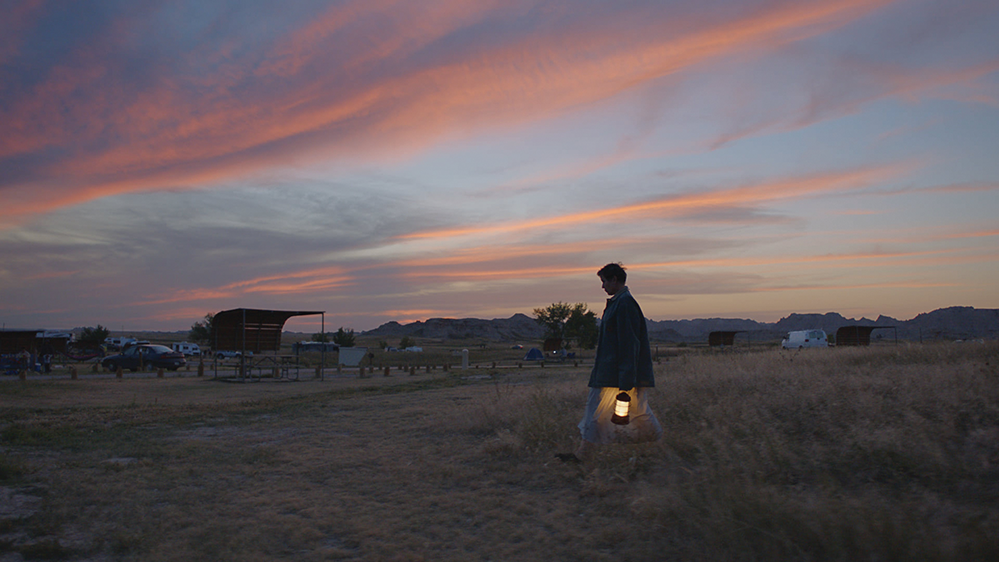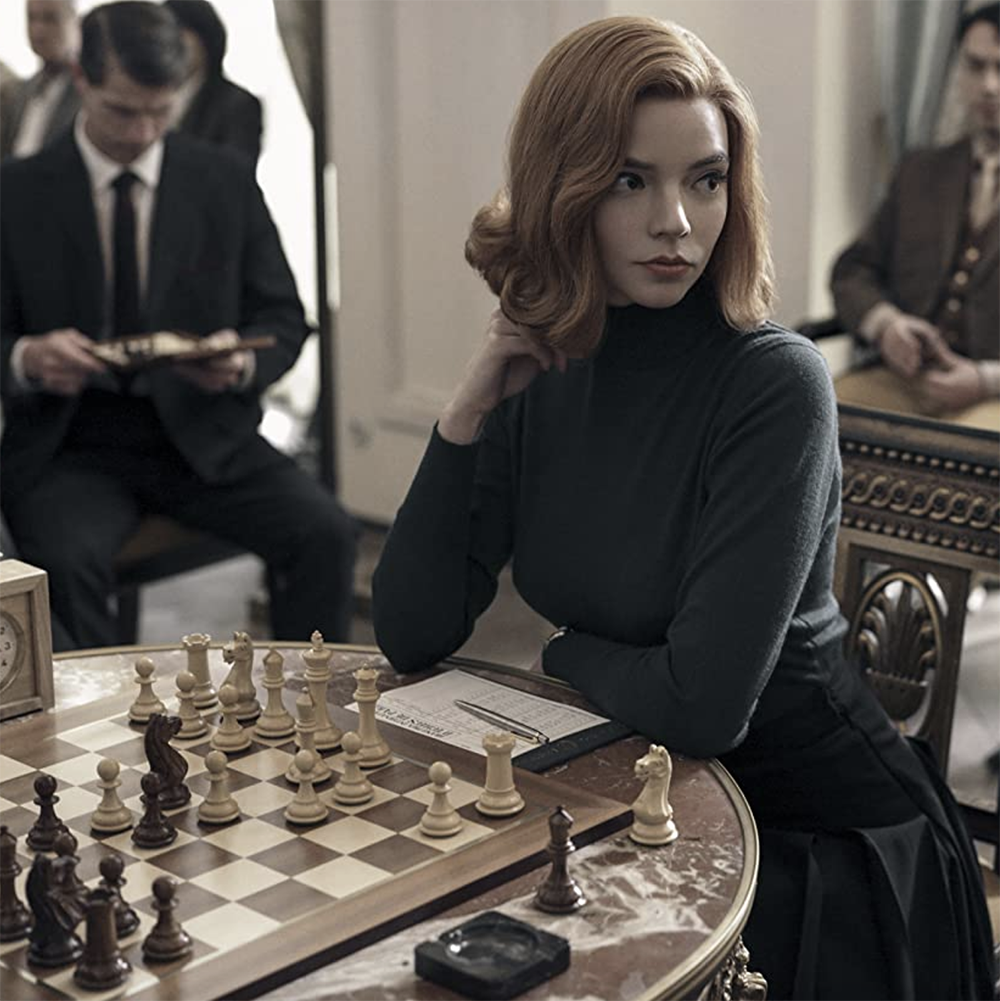I want to open this installment with a confession: “Bad Times at the El Royale” is the fall 2018 film I have been waiting for. The Tarantino-esque trailer, the crossover storylines, the secrets that each character is harboring — all aspects of the film piqued my excitement.
The man behind the project, director Drew Goddard, has dabbled in several different genres. I was curious to see how he would fare taking on the mashup of thriller, mystery and drama that initially made “Bad Times” sound so delicious.
The film is marketed as the meeting of seven strangers, each of whom has arrived there to confront one of their own haunting secrets, at the El Royale hotel. Throughout the strangers’ stay, they are each confronted with past and present demons and forced to make choices that will alter their identities and moral standing forever.
The audience first meets Fr. Daniel Flynn, played by Jeff Bridges, and struggling singer Darlene Sweet, played by Cynthia Erivo, who both wind up in search of a room. The hotel lies on the California-Nevada border, setting the audience up for the series of alliances and double crosses that will come to characterize the film.
When Daniel and Darlene arrive, they are greeted by another guest, Laramie Sullivan, played by Jon Hamm, and lobby boy Miles Miller, played by Lewis Pullman.
A hippie named Emily Summerspring, played by Dakota Johnson, also takes up a room at the hotel with her sister Rose, played by Cailee Spaeny, whom she has kidnapped in an attempt to save her from a violent cult and its ruthless leader, Billy Lee, played by Chris Hemsworth.
The overall setup of the film is an instant draw. The sets, composed of bright colors and perfectly arranged furniture, make the film feel like a real place trapped within a different time — or perhaps even within a dream of a different time.
The way the camera dips into the different hotel rooms allows each character’s true intentions to be contained and exhibited in a specific locale while also fitting into the bigger picture of the hotel. Darlene’s room, for example, is associated with drive and soul, as all of her time in the room is dedicated to practicing her music. Meanwhile, Emily’s room is linked to suspense and fear as she and her sister hide from Billy Lee.
Yet when the characters leave their rooms, their individual truths become twisted: They become entangled within the patchwork of lies and mysteries of the El Royale.
“Bad Times” also triumphs by showcasing the acting abilities of its cast, particularly Bridges and Erivo. Their raw chemistry sets up a complex but entirely earnest bond between the two characters, who strike up a relationship in the first scene — my favorite of the entire film.
Daniel Flynn stands on the Nevada side of the border and Darlene stands on the California side, talking playfully about what life is like on the other side of the border. As they walk into the hotel, Daniel crosses over to Darlene’s side. Their rapport is composed of these sorts of thoughtful moments; the hotel slowly becomes the channel through which they learn to trust each other.
Beyond the film’s visual composition, “Bad Times” introduces a great premise that unfortunately doesn’t ultimately deliver. As the film sets up each character’s secrets, the audience becomes more interested in their backstories.
Goddard gives us slim pieces of these narratives through a series of flashbacks that reveal an insufficient amount about the characters to add anything significant to our perception of them. Goddard’s attempt to deconstruct the plot actually unravels the film’s initial strengths. While the flashbacks could have been opportunities to draw the audience deeper into the characters’ pasts, they end up only as points of context used to explain the plot.
Goddard takes on too much with his characters. While the flashbacks aren’t sustainable, neither are the relationships between the seven strangers.
The film is about the way human connections form and bend under pressure, but the only compelling relationship that comes out of the film is the one between Daniel and Darlene. If the same degree of insight and intelligence was given to the other important relationships — like the strained bond between sisters Emily and Rose, or the tension between Emily and Billy Lee — the film’s themes of alliances and betrayals would have been corroborated.
Rather, the audience is left wondering why some characters were even included in the plot. As a result, the final scene, in which Billy Lee orchestrates a sadistic game of roulette with the hotel guests, is not as suspenseful or as nerve-wracking as it should have been.
With an intriguing plot, strong cast and phenomenal aesthetic, “Bad Times at the El Royale” had several elements that should have made it ripe for success. Yet the insufficient development of the characters’ relationships will most likely hold it back from retaining a place as one of our days’ great thrillers. In an attempt to deconstruct the story of the El Royale, Goddard instead ends up with a haphazard collage that seems, for the most part, to value style over substance.




















